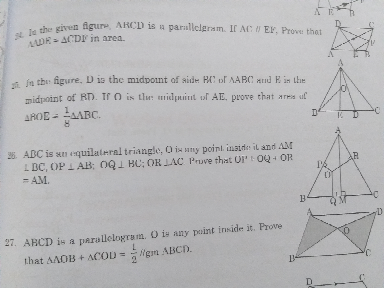
AllQuestion and Answers: Page 1484
Question Number 62805 Answers: 0 Comments: 1
Question Number 63060 Answers: 1 Comments: 0

Question Number 62801 Answers: 0 Comments: 0

Question Number 62800 Answers: 0 Comments: 2

Question Number 62798 Answers: 0 Comments: 0
Question Number 62790 Answers: 1 Comments: 1

Question Number 62782 Answers: 0 Comments: 0

Question Number 62781 Answers: 0 Comments: 0
$$\int\:\mathrm{sec}\left(\mathrm{2x}\right)\:\mathrm{e}^{\mathrm{2x}} \:\:\mathrm{dx} \\ $$
Question Number 62777 Answers: 0 Comments: 1
$$\mathrm{5}^{\mathrm{3}{x}−\mathrm{1}} .\mathrm{4}^{\mathrm{2}{x}−\mathrm{2}} =\mathrm{625} \\ $$
Question Number 62763 Answers: 0 Comments: 0

Question Number 62762 Answers: 0 Comments: 0

Question Number 62761 Answers: 0 Comments: 3
Question Number 62759 Answers: 1 Comments: 0
$${y}\:\:=\:\:{x}^{{y}} \\ $$$$\frac{{dy}}{{dx}}\:\:=\:\:? \\ $$
Question Number 62754 Answers: 1 Comments: 2
Question Number 62753 Answers: 1 Comments: 0
Question Number 62747 Answers: 1 Comments: 0
Question Number 62735 Answers: 1 Comments: 1

Question Number 62732 Answers: 1 Comments: 0
Question Number 62731 Answers: 0 Comments: 1
$${find}\:\int\:\sqrt{\frac{{x}−\mathrm{1}}{{x}^{\mathrm{2}} \:+\mathrm{3}}}{dx}\: \\ $$
Question Number 62773 Answers: 2 Comments: 1

Question Number 62712 Answers: 0 Comments: 0
Question Number 62708 Answers: 0 Comments: 2

Question Number 62698 Answers: 1 Comments: 0
Question Number 62750 Answers: 0 Comments: 1
Question Number 62676 Answers: 1 Comments: 1

Question Number 62672 Answers: 1 Comments: 9

Pg 1479 Pg 1480 Pg 1481 Pg 1482 Pg 1483 Pg 1484 Pg 1485 Pg 1486 Pg 1487 Pg 1488
